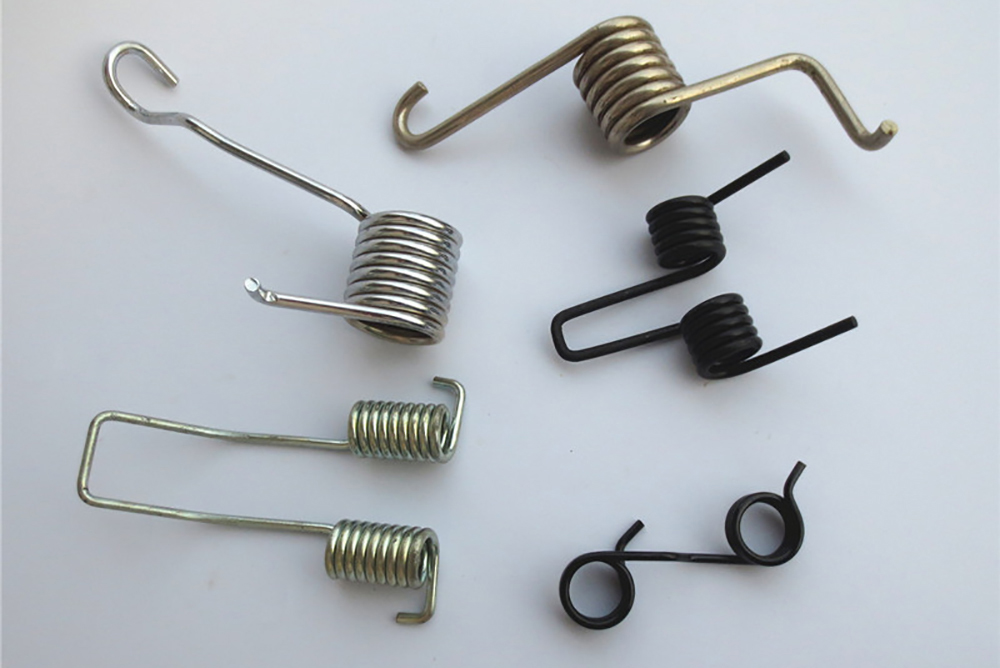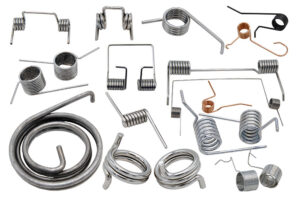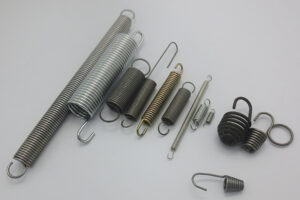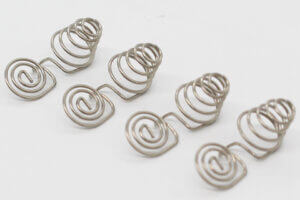- Supporting springs mainly for cars, motorcycles, diesel engines and gasoline engines.
Such springs include valve springs, suspension springs, damping springs and clutch springs, etc., which are used in large quantities, accounting for about 50% of the spring production. At the same time, the skill level requirements are also high. It can be said that the skill level of these springs is representative. They are mainly developed in the direction of high fatigue life and high resistance to relaxation, thereby reducing quality. - Large springs and leaf springs mainly for railway rolling stock, trucks and construction machinery.
These springs are mainly formed by hot coils, which is an important aspect of the spring manufacturing industry. With the development of high speed railways and the upgrading of vehicle damping systems, the technology of hot-formed springs as vehicle suspensions has greatly improved. This type of springs are mainly developed in the direction of high strength and high precision to stabilize product quality. - Electronic appliances based on instruments and meters.
Instrumentation-based electronic and electrical springs, typical products such as motor brush springs, switch springs, video cameras and camera springs, as well as computer accessories springs, instrumentation accessories springs, etc. In this type of spring, leaf springs and special shaped springs account for a larger proportion, and different products have different requirements for materials and skills. This type of spring is mainly developed in the direction of both high strength and miniaturization. - Hardware springs mainly for daily-use machinery and electrical appliances.
Such as mattresses, sofas, door hinges, toys, lighters, etc., these springs are in high demand, but the skill content is not high, which gives small spring companies improved opportunities for development. These springs are primarily developed in the direction of miniaturization. - Design needs of various accessories.
A series of high-level intelligent contact small household appliances such as battery stove, convection oven, electric baking pan, range hood, water heater, disinfection cabinet, fan heater, vegetable washing machine, electric oven, electronic wine cabinet, water dispenser and so on.

precision springs



